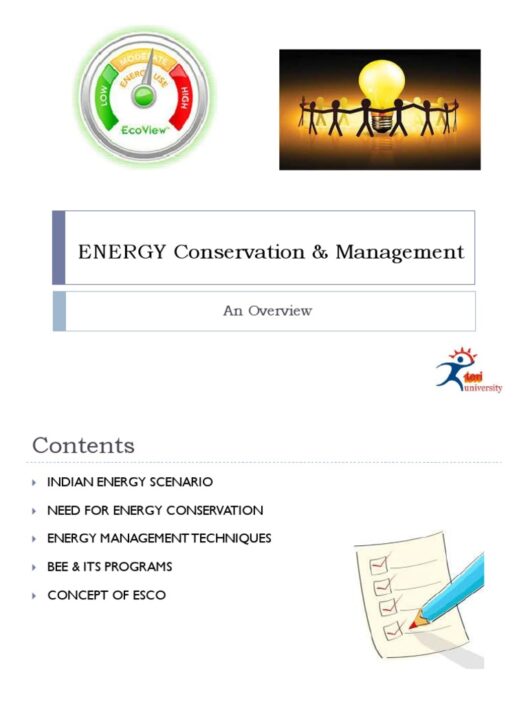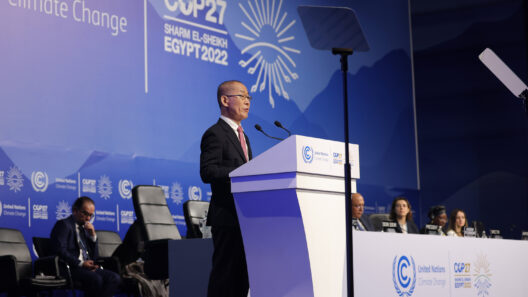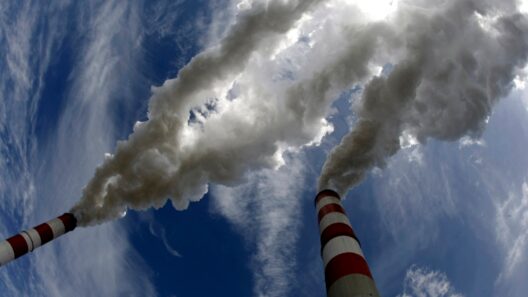Coastal ecosystems are often viewed as the delicate fringes between land and sea—juxtaposed realms where vibrant life meets the vast, undulating waters. However, these shores are not mere borders; they are battlegrounds where the unseen forces driving sea-level rise wage their silent war. With the rising tide of climate change, an urgent narrative unfolds that requires our attention, vigilance, and action. We stand at the precipice of a coastal crisis, an affliction that threatens not only our environment but the very essence of human existence.
To comprehend this multifaceted crisis, it is essential to delve into the interplay of anthropogenic factors propelling sea level ascent. Climate change, the specter that haunts our times, acts as the catalyst. Emissions of greenhouse gases like carbon dioxide and methane result in an accelerated warming of the planet, awakening two primary forces that relentlessly contribute to rising sea levels: thermal expansion and glacial melt.
Thermal expansion is the phenomenon wherein water expands as it warms. Imagine a sea of molten glass being poured into the cool depths of a glass vessel—initially sluggish, yet inexorably moving outward. Similarly, as the Earth’s temperature escalates, seawater expands, displacing coastal habitats and threatening to inundate low-lying areas. Alongside this, the icy giants of our planet—the polar ice caps and glaciers—begin to shed their frozen titans. Glaciers, once steadfast sentinels, fracture and calve, inundating the oceans with freshwater. This dual threat manifests as an unprecedented swell, akin to an avalanche cascading into a tranquil valley.
However, these physical transformations are merely the tip of the iceberg. The coastal crisis unfurls a tapestry woven with threads of social, economic, and environmental interdependencies. Coastal communities, oftentimes vulnerable and underserved, grapple with the repercussions of rising waters. As the tide rises, so too does the vulnerability of those residing in these fragile ecosystems. Compounding factors such as economic disparity and inadequate infrastructure expedite this fallout, resembling a domino effect where each lower-lying piece teeters precariously, waiting for a slight push to send an entire system into chaos.
The unique biodiversity characteristic of coastal regions also hangs in the balance. Estuaries, mangroves, and coral reefs serve not only as biological hotspots but as critical defenses against the ravaging storm surges and erosion spurred by climate change. They act like natural sentinels, protecting coastal cities from the wrath of the ocean. However, as sea levels rise, these habitats are relentlessly submerged, their ecological roles suffocated under saltwater barrage. The intricate web of life that thrives in these environments—fish, birds, and countless microorganisms—faces unparalleled disruption, altering not just ecosystems but entire food webs and nutrient cycles.
Furthermore, there lurks a deeper, more insidious consequence: the phenomenon of ‘managed retreat,’ a desperate strategy employed by communities forced to relocate due to rising sea levels. This evokes an evocative image of families uprooted from their homes, akin to trees stripped of their roots, presenting not only an environmental dilemma but a social tragedy. When individuals and families are displaced, cultural legacies are threatened, and communities risk losing their identities. The coastal crisis manifests as a syndrome that intertwines environmental degradation with human loss, raising ethical questions surrounding justice and equity in the face of ecological turmoil.
From a policy standpoint, addressing the coastal crisis demands collaborative efforts that transcend geopolitical boundaries. The ocean knows no borders; it is a shared resource that necessitates unified action. Governments must prioritize adaptive measures to mitigate the looming impacts of climate change, including regulatory frameworks that support sustainable development practices, restore coastal habitats, and invest in resilient infrastructure. The struggle against rising seas compels nations to work together, fostering innovative solutions grounded in science, respect for nature, and community engagement.
As individuals, we hold the power to ignite change within our spheres of influence. Simple acts—reducing plastic consumption, minimizing carbon footprints, and advocating for renewable energy—can collectively create a tidal wave of transformation. These small ripples, when interconnected, forge a movement that can challenge the impending crisis. Each one of us is a drop in an ocean of potential change, and together, our collective actions can alter the course of the rising tide.
Public awareness plays a pivotal role in redefining the narrative surrounding sea-level rise. It is imperative to elevate discourse, making it more inclusive and accessible. Art and creative expression can serve as powerful mediums to communicate the urgency of this crisis, capturing hearts and minds. Visual storytelling, literature, and digital campaigns must converge to awaken the global consciousness towards this detriment and the beauty of our coasts.
Ultimately, the coastal crisis encapsulates our existential challenge, one that transcends mere environmental concerns—it reflects our relationship with the planet and defines our collective future. The unseen forces driving sea-level ascent are not nebulous; they are tangible realities that we can confront. Harnessing a blend of innovative policies and grassroots movements, we can stanch the tide of destruction. As stewards of the Earth, we possess the ability to ensure that our coastal ecosystems thrive and continue to flourish amidst the challenges of climate change. The time to act is now; let us rise to the occasion, preserve our coastal legacies, and safeguard the fragile symbiosis that sustains life as we know it.






